JavaScript holds the position as an extremely popular language for work with web environments. Constant improvements and later release of the Node.js increased the popularity even more. JavaScript became an essential tool for lots of different work scenarios and environments, because of the ability to be used both in web and mobile applications. In this article, we will look at JavaScript and Node.js peculiarities and discuss how to perform web scraping using Node js with projects from scratch.
Why Should You Use Node.JS for Web Scraping?
In recent years, Node.js proved its worth as the lightweight and strong tool for data harvesting. Popularity of the platform is related to multitasking and ability to operate a number of different tasks for scraping with Node js simultaneously.
More than this, Node.js is a widely used instrument that can boast a big number of users that support it with addons and other tools. Node.js became so noticeable due to the main feature of implementing JavaScript on the side of the server. This technology can give you the main advantage of using the full potential and resources of the system. But on the other hand, you will lose the ability to store cookies or work in the browsers’ windows. For better experience in web scraping with Node js you can use a rich set of functions. For example, you can open connections for networks or even read and write data on your storage.
To put it simply, Node.js is a server-side instrument that can provide both JavaScript engine advantages and freedom needed for implementation. Node.js can be used on different platforms, which is especially important when working with parsing and scraping tasks. Other important points of Node.js for data harvesting include support of HTTP calls and high potential for scalability. Plus, it’s fairly simple to learn the basics of this tool, due to the JavaScript base. Also, you can power up your project with datacenter proxies. This way you can collect data from different websites without unnecessary problems.
Web Scraping With Frontend JavaScript
In case of data harvesting tasks, frontend Java is rarely a comfortable to use solution. Primarily, due to the fact that you are forced to run JavaScript in your browser environment directly. Operations of this kind can’t be performed programmatically.
There would be even more problems in tasks that require collecting information from different pages. Troubles of this kind can be solved with the AJAX approach. Plus, you should remember that you can’t combine data collection from pages that are located in different domains.
In simple terms that means, when you are harvesting data from a page on Wikipedia, your JavaScript solution can scrape data from a site in the Wikipedia domain. This limits your possibilities even more, and in some cases can be critical.
However, all these troubles can be overcome with the help of Node.js. With this tool, your JavaScript can be implemented on the server, avoiding all the problems we discussed before. Also, you can use private proxy solutions, to access restricted sites or avoid blocks while scraping.
JavaScript Web Scraping Libraries for Node.js
Most of the Node.js data harvesting projects can be improved and powered up by several popular libraries that we will discuss further. First, you can try scraping with Node js and Puppeteer library and get the needed API for headless control in Chromium. Web scraping with Node js and Puppeteer can be useful for any projects that involve testing, web crawling and even rendering.
Alternatively, you can look at the web scraping with Node js and Cheerio option for comfortable and fast work with the server side of the project. Or look at the extension called JSDOM, that can provide you with a DOM environment for Node.js This way you can create your own DOM programs and further organize them with API that you already have.
Another useful library that can help you perform web scraping with Node js and requests to HTTP, called Axios. With this extension, you can work with HTTP clients both in browser and in Node.js. Alternatively, you can bring your attention to Selenium. This library provides support for multiple languages at the same time, which can help in case of automated testing. Data harvesting tasks in this library can be solved with help of headless browser utilization. Also, you can consider using static residential proxies to get fast access to any needed site.
The last library that we will look at is called Playwright. This extension has support for scripts for running tests and other useful features. For example, you can start using the browser as the tool with a prescribed set of actions. In a headless browser option, Playwright can be used as the instrument for web scraping in Node js with dynamic website.
Building a Web Scraper in Node.js
To start a project for data collection in Node.js, you should create an environment for further work. Install Node.js and add all the packages that might be needed for your scraping tasks. Almost all the extensions that we discussed before can be installed through the npm install commands. You can also use headers in web scraping for the best results over long periods of time.
Now you can begin with opening a new directory for your program. After this, locate the prompt and create a new file there for your harvesting code. Then, you can start processing HTTP calls for data that you are interested in. Node.js has ready-made solutions for these tasks, so you better use Axios or requests approach to start data collection. DevTools option of your browser can help to look at the page code more attentively and decide what tools and extensions are better to use for parsing. You can find it through the “Inspect” menu of your browser.
With all the wanted code on hand, you can start collecting data through the extensions like JSDOM or Cheerio. This will give you the ability to fetch collected HTML code and parse it further. All the collected information later can be saved in the JSON format file. A document of this type is especially comfortable to use in JavaScript tasks, due to the ability to use API for data retrieval.
You can build a new JavaScript object and convert all the wanted data that you extract from this file into a JSON. This will be your last step in the data collecting tutorial for Node.js. For the even more smooth experience in scraping tasks, you can consider using datacenter rotating proxies for best performance over long periods of time.
Conclusion
In this article, we covered all the main topics about Node.js theory and implementation. Frontend JavaScript is lacking several main features that come as essential for data harvesting projects. At the same time, Node.js can provide all needed tools for comfortable work on scraping with Java Script. Big variety of libraries and abilities for customization also make Node.js a more suitable and popular tool for data collection.With all this knowledge behind, you can choose the right library and build your own project to perform web scraping with Ruby or Node.js from scratch. For best experience in all of your further data harvesting, consider using a set of residential proxies. This way you can access any site and page you want regardless of whether it is blocked or not. This type of connection can also be a perfect solution as a proxy for scraping software.
Frequently Asked Questions
Please read our Documentation if you have questions that are not listed below.
-
Why is frontend JavaScript not the best choice for web scraping?
Frontend JavaScript can not support several important features for scraping features. The main problem lies in needing to use JavaScript only in the browser. The second barrier forces you to scrape pages only from one domain at the time.
-
What proxies are the best for web scraping with Node.js?
Choice of proxies totally depends on your use case. For example, you can utilize residential proxies, for overcoming any access block and restriction you may face in scraping.
-
What benefits does Node.js have in case of web scraping tasks?
With Node.js for scraping, you can use the full potential of your system to increase speed and quality of all the processes. Plus, you can work with different pages at the same time.
Top 5 posts
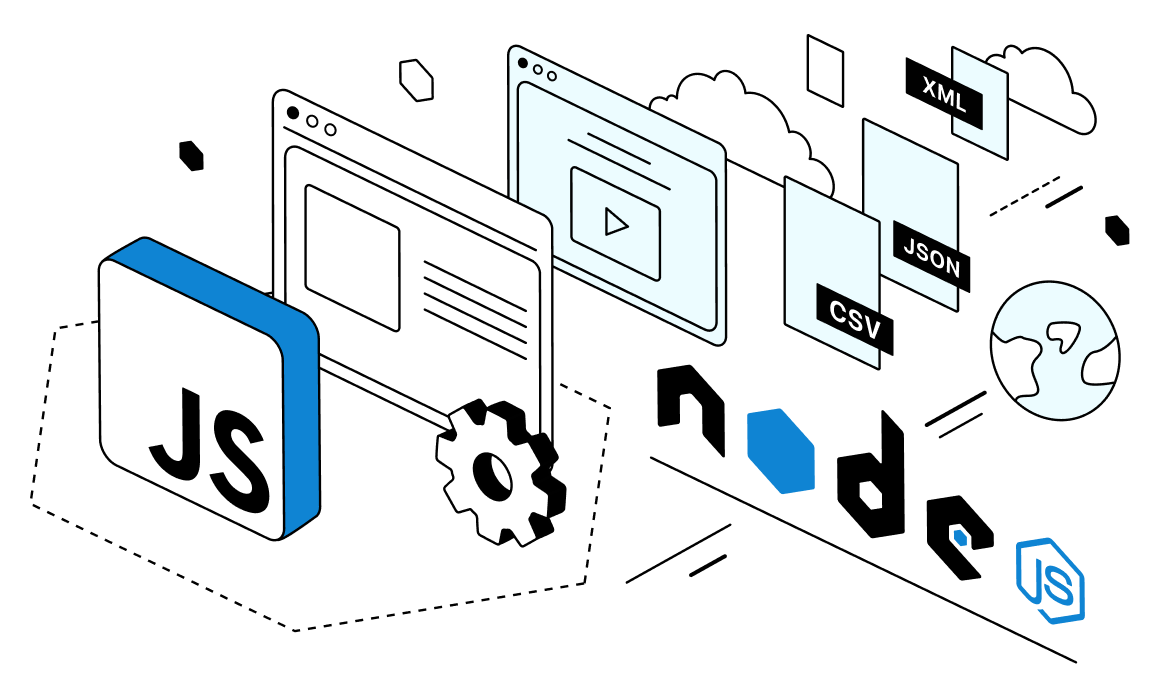

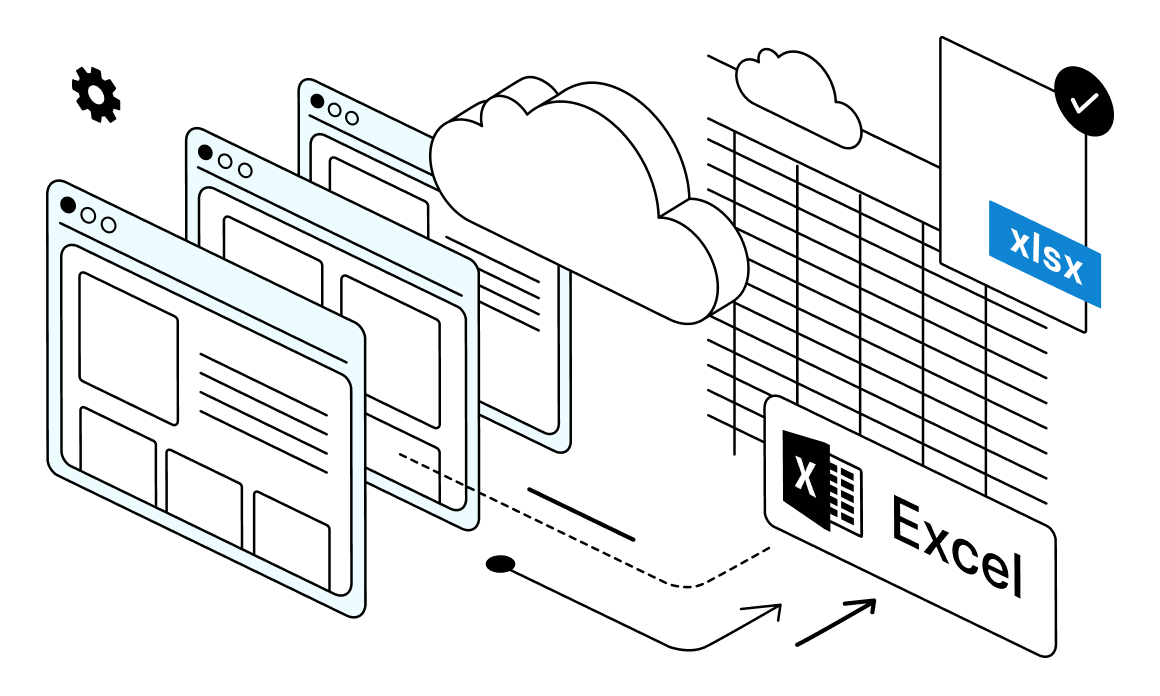
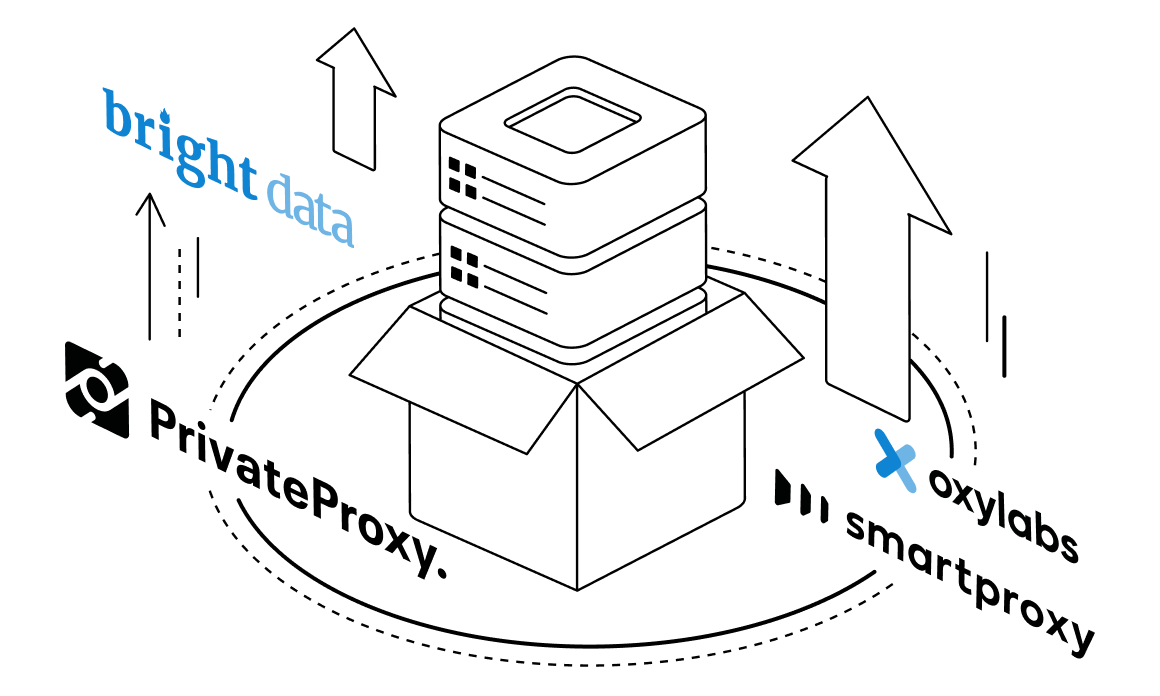

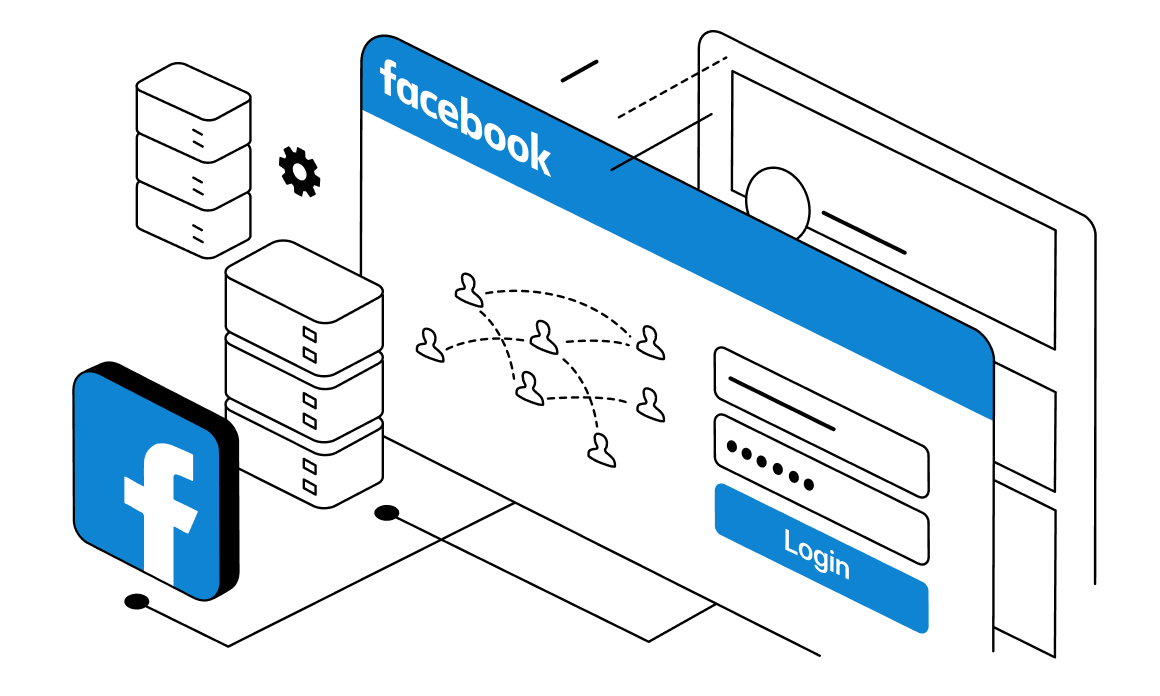
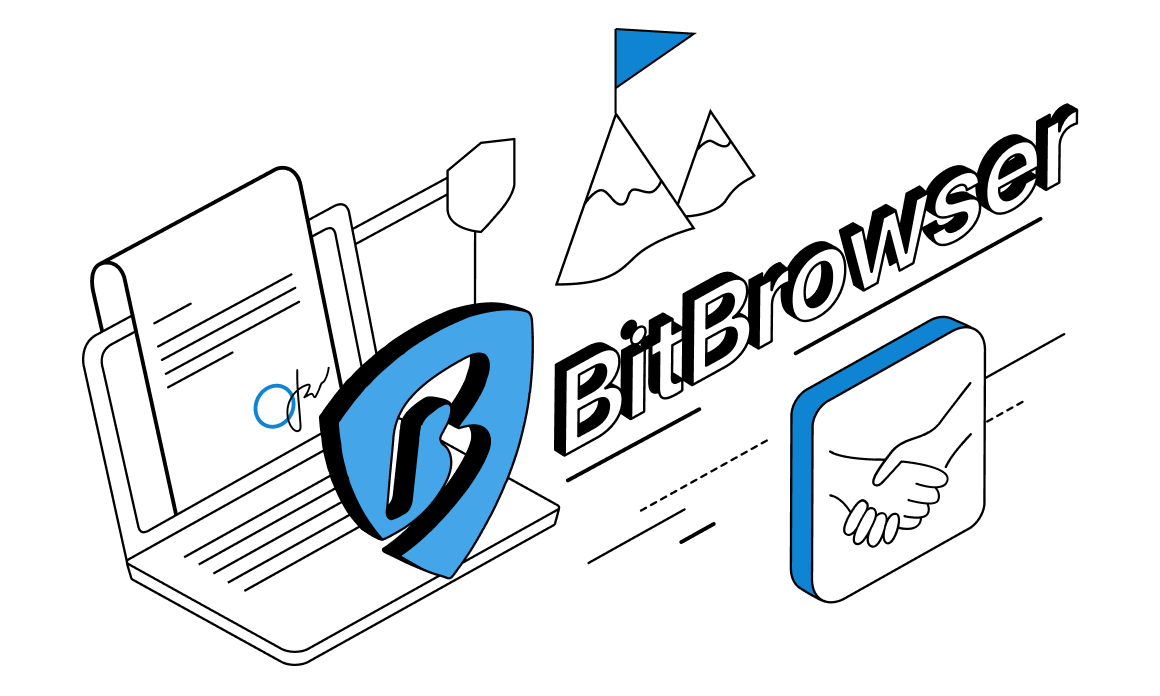
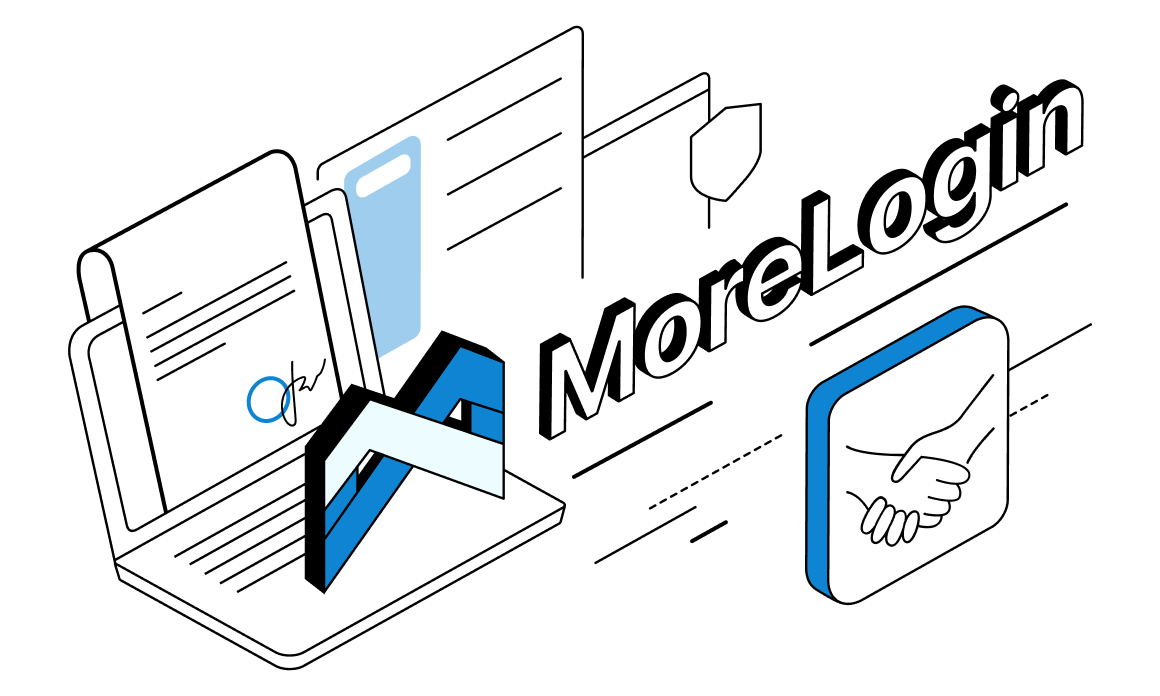
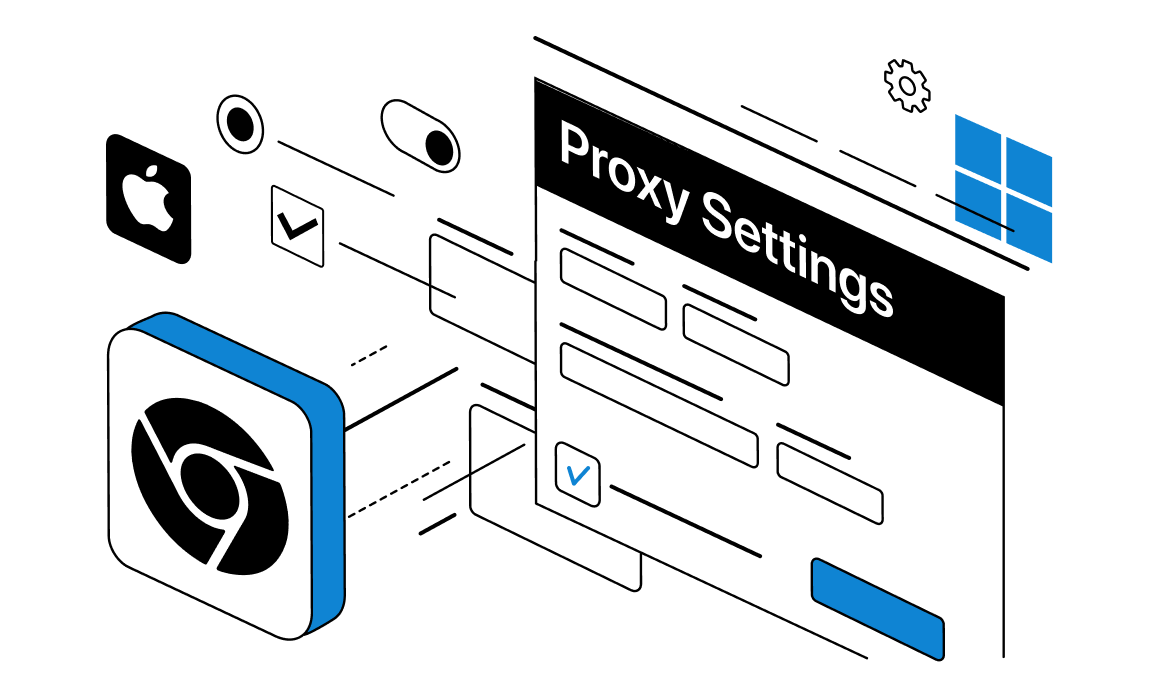
If you are ever thinking of parsing and updating tables from different sites, Excel can provide all the needed tools for this. Web Query tool can help you to create parsing tasks and receive results with all the information in a spreadsheet. In this article we will discuss the basics of the Web Query setup and use for your tasks and talk about how to do data scraping using Excel.